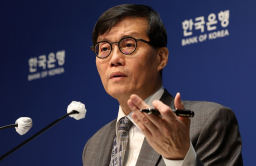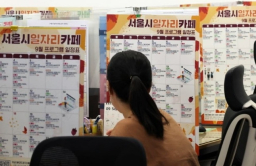-
KOSPI 2577.27 -2.21 -0.09%
-
KOSDAQ 722.52 -7.07 -0.97%
-
KOSPI200 341.49 +0.02 +0.01%
-
USD/KRW 1396 -2.00 0.14%
S.Korea’s factory output dips in January; Retail sales, investment slow
Economy
S.Korea’s factory output dips in January; Retail sales, investment slow
The country’s overall industrial output shrank 2.7%, the biggest fall in nearly 5 years
By
Mar 04, 2025 (Gmt+09:00)
3
Min read
News+
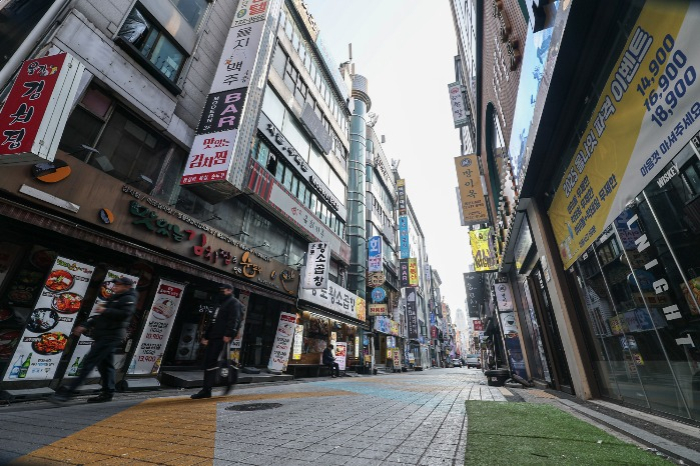
South Korea’s factory production decreased in the first month of this year due to a manufacturing slowdown, while private consumption and business investment also contracted, stoking concerns about the country’s economic downturn.
According to data released by Statistics Korea on Tuesday, seasonally adjusted mining and manufacturing output in January fell 2.3% from the last month of 2024 when it swung to a 3.9% gain from the prior month’s 2.5% fall.
Manufacturing production, accounting for the bulk of factory output, dropped 2.4% on a 7.7% drop in machinery and equipment production, an 8.1% decline in electronic parts and a 0.4% dip in car production.
Service production also retreated 0.8% on-month on a 4.0% drop in wholesale and retail operations and a 3.4% decrease in the transportation and storage sector.
The slowdown in factory production and service activity led Korea’s seasonally adjusted overall industry production in the first month of this year to shrink by 2.7% from the previous month, marking the biggest decline since February 2020 with a 2.9% loss in the face of COVID-19 outbreaks.
SLOWDOWN CONCERN GROWS
The statistics office largely blamed the long Lunar New Year holiday, which shortened working days in January, for the country’s slowdown in industrial activity.
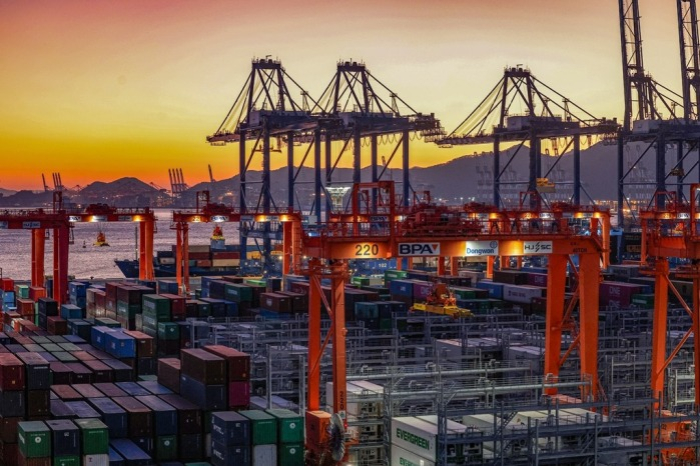
But coupled with dwindling private consumption and business investment in the month, concerns are mounting about Asia’s fourth-largest economy this year, which was projected last week by the Bank of Korea to grow 1.5%, much lower than the central bank’s previous 1.9% growth forecast published in November.
The central bank slashed its policy interest rate by a quarter percentage point to 2.75%, the lowest since August 2022, as well as the country’s growth forecast, citing lingering political turmoil in the aftermath of December's martial law decree and looming US tariffs.
The BOK even warned of slashing this year’s growth projection further to 1.4% if the global tariff war aggravates. The Korean government also revised downward this year’s growth to 1.6% from the previous forecast of 1.8%.
WEAK PRIVATE CONSUMPTION AND BUSINESS INVESTMENT
In January, Korea’s retail sales, a gauge of private consumption, contracted 0.6% from the previous month. Sales of nondurable goods like food, groceries and cosmetics edged down 0.5%, and those of semi-durable goods like clothing dropped 2.6%.
Durable goods, such as home appliances and vehicles, added 1.1%.
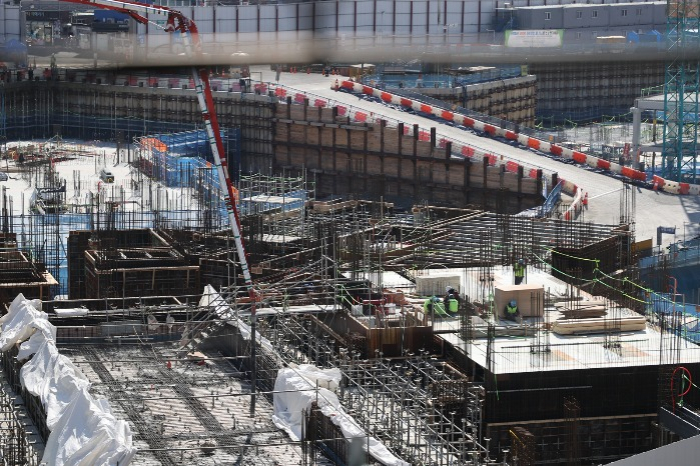
Due to the slump in factory activity, facility investment sharply declined 14.2%, the biggest loss since October 2020 with a 16.7% drop, on a 12.6% decrease in machinery investment and a 17.5% fall in transportation equipment investment.
Construction investment shed 4.3% over the same period, extending the losing streak for six consecutive months.
Manufacturing inventories were reduced by 0.3% month-on-month, and the manufacturing utilization rate averaged 73.8%, up 0.5 percentage point.
The cyclical component of the composite coincident index, which measures current economic activity, stood at 98.4 in January, down 0.4 point from the previous month.
The cyclical component of the composite leading indicator, which predicts the turning point in the business cycle, came at 100.4, down 0.3 point on-month.
“Overall output is on recovery course led by chip production but lingering uncertainties at home and abroad are delaying a recovery in private spending, investment and domestic consumption,” Lee Doo-won, an official from Statistics Korea, said at a news briefing on Tuesday.
Write to Sang-Yong Park at yourpencil@hankyung.com
Sookyung Seo edited this article.
More To Read
-
Mar 02, 2025 (Gmt+09:00)
-
Feb 25, 2025 (Gmt+09:00)
-
Jan 20, 2025 (Gmt+09:00)
-
Jan 15, 2025 (Gmt+09:00)
-
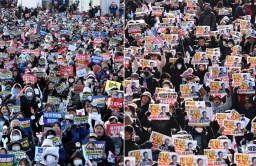 Business & PoliticsKorea sharply cuts 2025 growth forecast, opens door for extra budget
Business & PoliticsKorea sharply cuts 2025 growth forecast, opens door for extra budgetJan 02, 2025 (Gmt+09:00)



